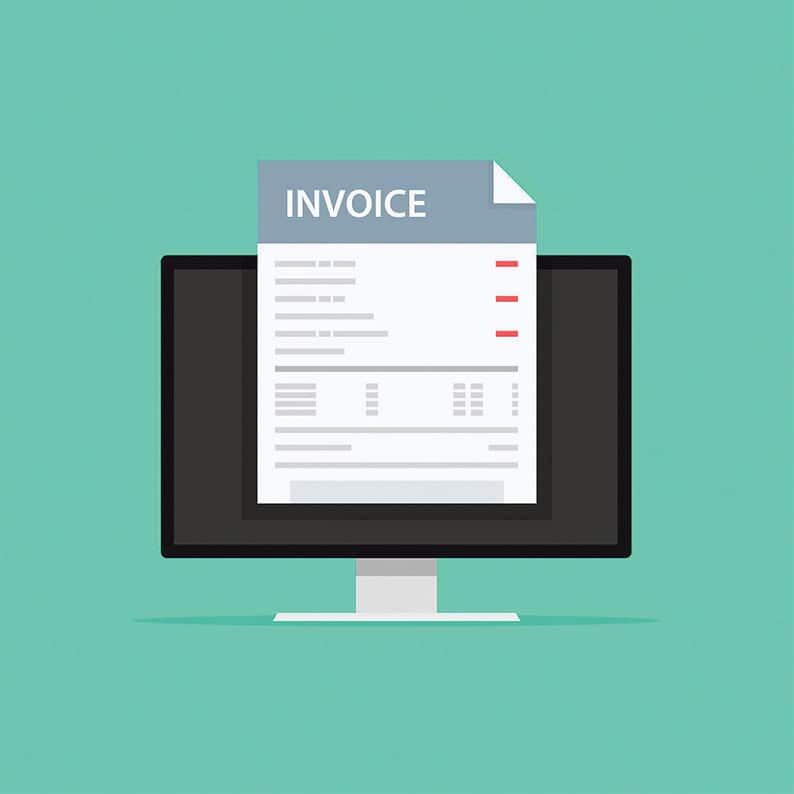Whether working from home or travelling to an office, university, or a warehouse, some changes that don’t cost the Earth or break the bank are easily implemented. Producing waste, commuting to work, and using electricity all have an impact on the environment, so let’s look at some easy ways to lessen our carbon footprint and practice sustainability in the workplace.
Reducing waste
To reduce waste, the first thing to look at is your consumption. Are there things you bring to the office that can be eliminated or reduced? Things like single use coffee cups and plastic bottles are easily replaced with reusable ones. Does the water cooler offer disposable plastic cups? Use a refillable bottle or a plain and simple glass or a mug to keep hydrated throughout the day. If you buy takeaway lunches, consider bringing your own bag and a Tupperware-type container and asking the person preparing your lunch at the counter to place it in the container. You can then put it in your bag, which in turn reduces the number of paper bags you throw away every week.
Waste produced and brought into the workplace should be segregated into recyclables (paper, cardboard, tin, and plastic), compostable (food waste) and non-recyclables (everything else). Consider talking to your employer if this has not yet been implemented where you work – the bins should be placed in a central area accessible to all and labelled as such to encourage everyone to observe the segregation of rubbish.
When it comes to stationery, consider reusing binders and file folders. I reuse envelopes to post things out, especially the sturdy cardboard ones which are perfect for sending little gifts to my friends – I close them tightly with masking tape to avoid using plastic Sellotape. Printing should be kept to a minimum – get in the habit of reviewing digital documents on screen rather than printing them out and ask vendors to offer e-statements and invoices instead of paper statements. If you must print, use recycled paper, and default all printing to black and white and double-sided if the option is available. I like to halve the amount of paper I use by printing two sheets side by side on one page. You can get your printing cartridges refilled, and at the end of their life they should be recycled because they contain materials that are harmful to human health and the environment. The base ingredient for ink cartridges is usually oil – specifically petroleum distillate, but bio-based printing cartridges (linseed or soybean oil) are now readily available and a lot more environmentally friendly.
Commuting to work
Getting to work sustainably can be tricky for us in rural areas where cycling infrastructures are not well-developed and public transport is not always convenient or available. If you need to travel long distances to get from A to B, cycling or walking isn’t an option, and most of us in West Cork need to rely on our car to get around. But with fuel and electricity costs continually rising, wouldn’t it be fantastic to look at an alternative way of getting to work while reducing the number of cars on our roads? Enter carpooling – the answer to commuting more sustainably while reducing CO2 emissions, pollution, AND congestion. Let’s face it – single occupancy vehicles don’t really make sense, but teaming up with two or three people to share the same journey does. There is almost certainly someone in your office or in your local community that does the same journey (or part of the journey) as you, and you could potentially commute together every day. It would be a case of sharing driving duties each week and picking up or dropping the other person at their place of work or study. Either way, it makes sense for the wallet, and it certainly encourages great conversations from which great friendships might form.
Reducing the consumption of energy
The cost of living crisis is well and truly here, and I must admit that I’m dreading the next electricity bill. With that in mind, a greener office equals less energy consumption. Look to use more efficient electronic devices where possible and reduce the brightness on your computer screen. You can optimise the use of natural light in the room by keeping the blinds or the curtains open during the day and moving your desk closer to a window; and when you leave the workplace in the evening, make sure to turn off your computer monitor, lights, and heating. Workplaces are often over air-conditioned, and it’s a good idea to enquire about increasing or decreasing the set point of the air-con to reduce energy use. I’d suggest turning the thermostat down by two degrees in the winter and turning it up by two degrees come summer, or not using air-con in the summer at all if it’s bearable to do so with just the windows open. Of course, windows must be closed for a truly efficient use of air-conditioning, and make sure to turn off the system in rooms that are unoccupied.
If you’re like me and drink a lot of tea, there’s no point filling the kettle to the top if you only need one cup. One of my biggest pet peeves is water wastage and leaky taps, and a great way to ensure taps are not left on unnecessarily is to have electronic sensor operated taps in toilets. I’ve never been a fan of hand dryers (no pun intended) because they hurt my sensitive ears and my skin dries up like a prune after using them, but research shows that those noisy machines spread more germs than paper towels… I avoid using them entirely, and simply shake my hands vigorously after washing them, and then tap both sides of my hands on my thighs. Job done.
Finally, having a plant on your desk or in your office space improves the air quality in the room by producing more oxygen, and makes for a cleaner, happier space to work in. I’d happily have a jungle surrounding my desk area, and a hammock for that matter, but let’s face it that wouldn’t be much of a working space anymore, would it?
www.seasidesquirrel.ie
@seasidesquirrel




